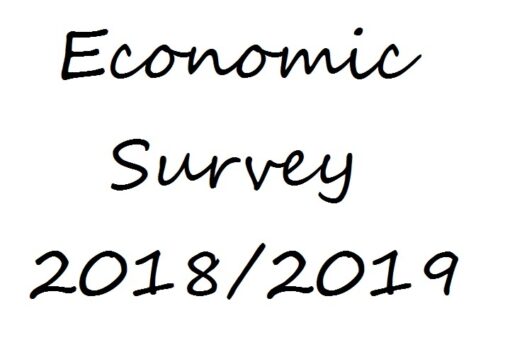ISLAMABAD: State Bank of Pakistan (SBP) enhanced policy rate by 650 basis points during last 18 months (January 2018 to date) for macroeconomic stabilization.
According to Economic Survey 2018/2019 issued by the ministry of finance on Monday said the SBP had adopted policy rate reversal and gradually increased it by a cumulative 650 bps since January, 2018.
“Despite increase in policy rate, Weighted Average Lending Rate (WALR) remained stable which translated into healthy private sector credit demand.”
Credit to private sector (CPS) increased to Rs 775.5 billion during FY2018 against Rs 747.9 billion last year. Significant increase in credit demand primarily came from working capital and fixed investment in the preceding year.
During the period July-March, FY2019 CPS increased to Rs 554.7 billion compared with Rs 401.1 billion during same period of last year.
Of which working capital loans received the major share and stood at Rs 369.0 billion compared to Rs 215.3 billion last year. While fixed investment decelerated to Rs 83.1 billion against Rs 148.1 billion in the comparable period last year.
The survey said that the monetary policy is an important tool to achieve price stability and manage economic fluctuations.
Inflation targeting has emerged as the leading framework for monetary policy over recent decades in many advanced and in low income economies.
Monetary policy role after global financial crises has extended as macro prudential policy which required strong institutional framework for financial stability and to achieve twin objectives of price and output stabilization.
Pakistan’s economy witnessed a consumption led growth of 5.53 percent during preceding year FY2018.
The incumbent government has inherited the economy facing multiple challenges including unsustainable twin deficits that pose serious risks to the economy.
Hence, to correct the imbalances in the economy, authorities have taken steps to curtail the fiscal deficits and tighten monetary policy to contain demand.
SBP has significantly tightened monetary policy, and allowed greater flexibility in the exchange rate adjustments to curb excessive aggregate demand and move towards macroeconomic stabilization.
This trend is in line with the global trends. The global economic expansion has weakened and projected to slow down from 3.6 percent in 2018 to 3.3 in 2019, before returning to 3.6 percent in 2020.
Following a notable tightening of global financial conditions during second half of 2018, conditions have eased in early 2019 as the US Federal Reserve signaled a more accommodative monetary policy stance and markets became more optimistic about a US–China trade deal.
The US federal funds rate is expected to increase to about 2.75 percent by the end of 2019. Policy rates are assumed to remain at close to zero in Japan through 2020 and negative in the Euro area until mid-2020.
